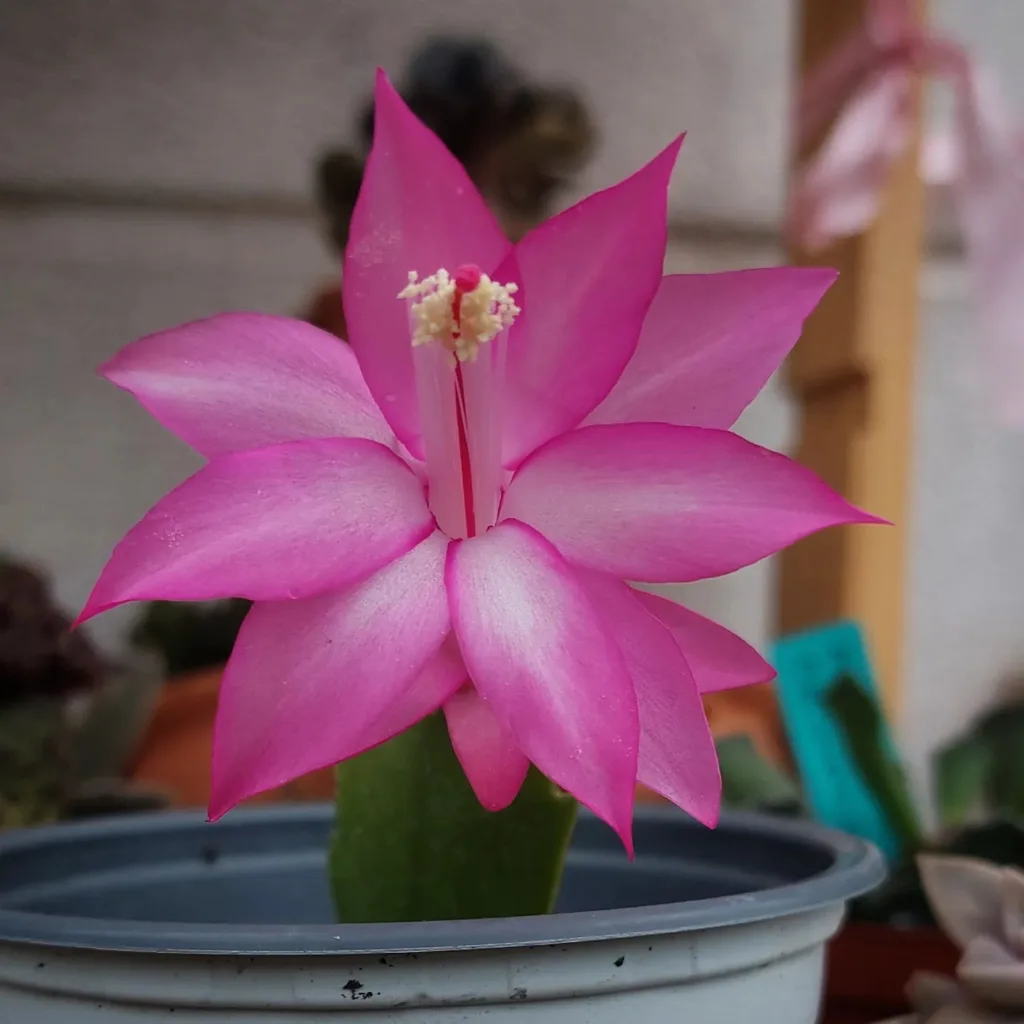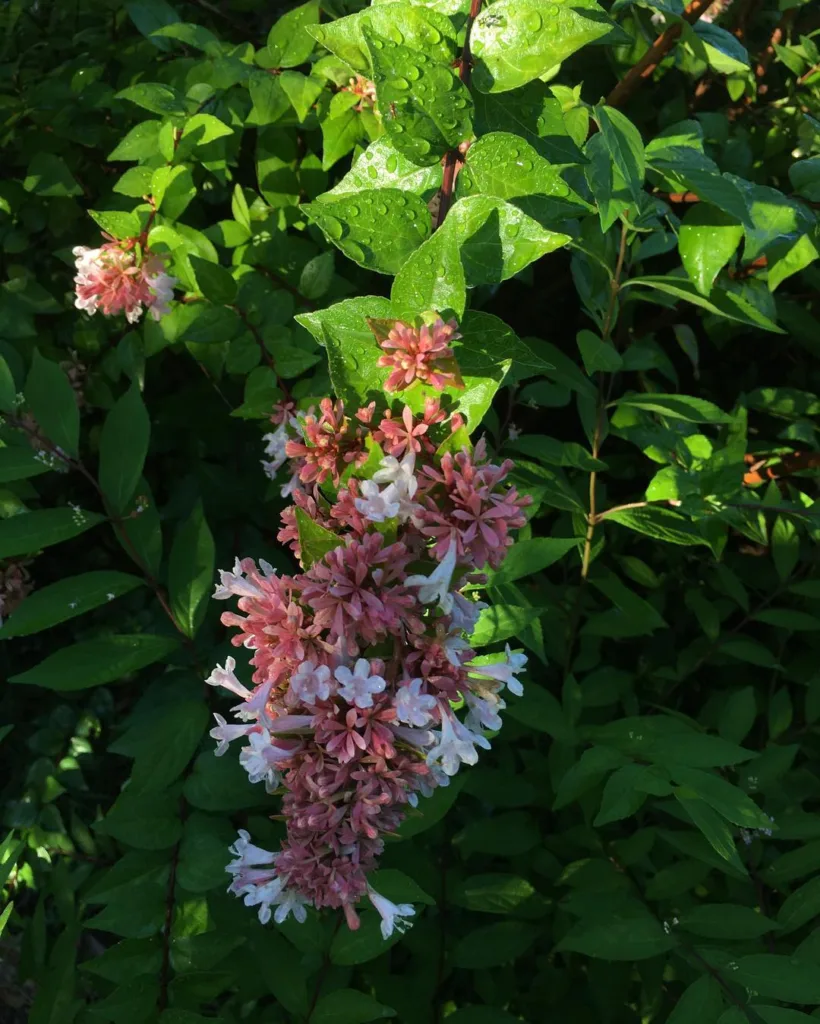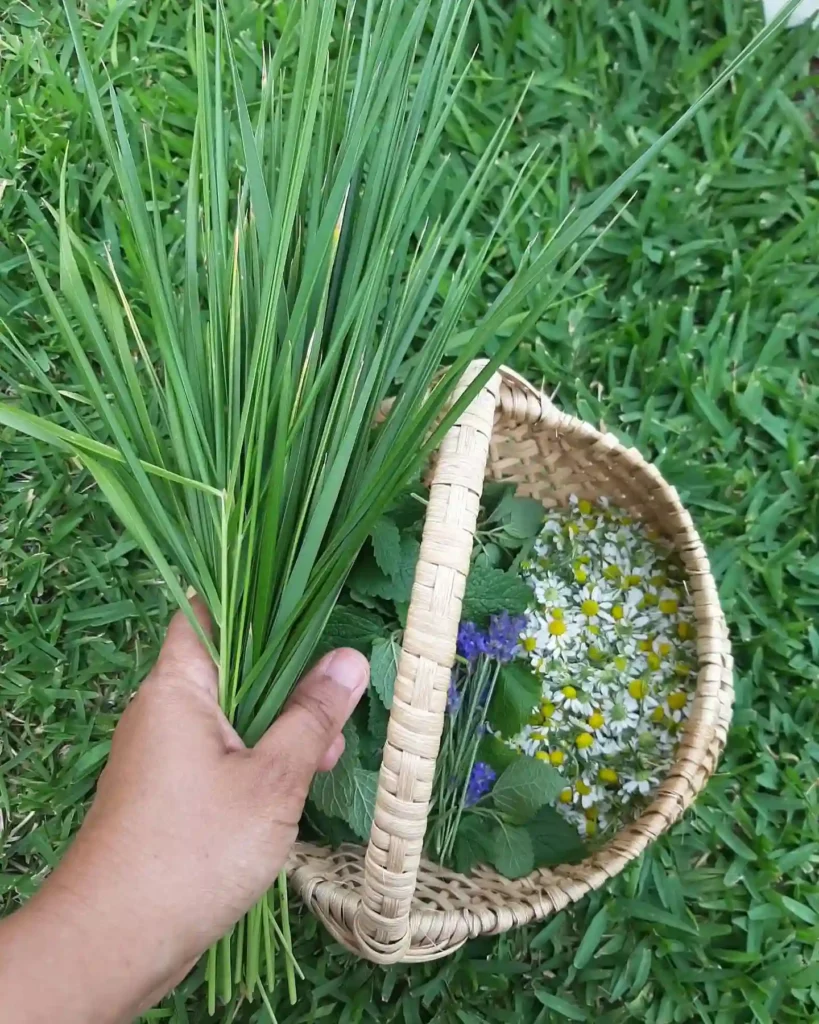
What is Pennywort?
Pennywort, often referred to by its scientific name Centella Asiatica, is a versatile and hardy plant found in various parts of the world. This plant goes by several names, including Gotu Kola and Indian Pennywort. Known for its rounded leaves and creeping growth habit, Pennywort is appreciated for both its ornamental and medicinal uses. Its leaves are small, round, and slightly scalloped, growing from a central point.
55 Species in Genus Centella
Is Pennywort an Indoor Plant?
Pennywort can be grown indoors, but it requires specific conditions to thrive. This plant enjoys bright, indirect light and a humid environment, making it well-suited for a terrarium or a bright windowsill. It’s important to maintain consistent moisture in the soil and ensure good air circulation to prevent mold and mildew. For indoor settings, Pennywort can be a beautiful addition to your plant collection, provided you meet its needs for light and humidity.
How to Get Rid of Pennywort?
If Pennywort has invaded your garden or pond and you’re looking to get rid of it, there are a few approaches you can take. Manual removal is the most straightforward method: simply pull the plant out by the roots, ensuring you remove all fragments to prevent regrowth. Herbicides can also be effective, but you must use them carefully to avoid damaging other plants. Regular maintenance and monitoring can help keep Pennywort from becoming a persistent problem.
Can Pennywort Be Submerged?
Yes, Pennywort can be submerged, making it an excellent choice for aquatic or semi-aquatic environments. It can thrive in water gardens or aquariums, where it adds a lush, green touch. When submerged, Pennywort will grow well in shallow water and can help oxygenate and filter the water, benefiting the overall health of the aquatic system.
Can Pennywort Grow in Water?
Absolutely, Pennywort can grow in water. This adaptability is one of its appealing features. It can be grown in a water garden, pond, or even in a vase of water indoors. If you’re growing it in water, ensure that it has access to nutrients, either through aquatic plant fertilizers or by periodically changing the water to keep it fresh.
Can You Eat Pennywort?
Yes, Pennywort is edible and is used in various cuisines around the world. The leaves have a mild, slightly bitter flavor and are often added to salads, soups, and teas. They are also used in traditional medicine for their purported health benefits, including enhancing cognitive function and skin health. Always make sure that any Pennywort you consume is grown in a safe, pesticide-free environment.
How to Care for Pennywort?
Caring for Pennywort involves a few key practices. It prefers a warm, humid environment and should be kept in bright, indirect light. Keep the soil or water consistently moist but not waterlogged. Regularly trim the plant to encourage bushier growth and remove any dead or yellowing leaves. If grown indoors, occasional misting can help maintain the humidity levels that Pennywort loves.
How to Grow Pennywort?
Growing Pennywort is relatively straightforward. It can be propagated from seeds or cuttings. For seeds, sow them in a well-draining soil mix and keep them moist until germination. For cuttings, place them in water or soil, and they will root relatively quickly. Pennywort grows best in warm climates and can be planted directly in the ground or in containers.
How to Make Pennywort Juice?
Making Pennywort juice is a simple process. Start by washing fresh Pennywort leaves thoroughly. Blend them with a small amount of water until you get a smooth mixture. Strain the juice through a fine sieve or cheesecloth to remove any pulp. You can sweeten the juice or mix it with other fruit or vegetable juices for added flavor. This juice is believed to have various health benefits, including boosting skin health and cognitive function.
Is Pennywort Good for You?
Pennywort is considered beneficial for health in several ways. It’s rich in antioxidants, vitamins, and minerals, which can support overall health. It is often used in traditional medicine for its potential benefits in improving memory, reducing anxiety, and promoting wound healing. Additionally, its anti-inflammatory properties can contribute to better skin health.
Is Pennywort Invasive?
Pennywort can be invasive, particularly in aquatic environments. It has a vigorous growth habit that can quickly cover water surfaces and outcompete other plants. If not managed carefully, it can become a nuisance, crowding out other vegetation. Regular monitoring and management are essential to prevent it from becoming too invasive.
Pennywort vs Dollarweed
Pennywort and Dollarweed are often confused due to their similar appearance. Both have rounded leaves and can spread rapidly. However, Dollarweed (Hydrocotyle umbellata) typically has smaller, more lobed leaves and prefers slightly different growing conditions compared to Pennywort. While Pennywort thrives in moist, warm environments, Dollarweed can often be found in shady, cooler areas.
Pennywort vs Gotu Kola
Pennywort and Gotu Kola are actually the same plant, Centella Asiatica. The name “Pennywort” is more commonly used in general contexts, while “Gotu Kola” is often used in traditional medicine and culinary contexts. Both names refer to the same plant, which is known for its medicinal properties and adaptability.
Pennywort vs Pilea
Pilea and Pennywort are distinct plants with different characteristics. Pilea, such as Pilea peperomioides, is known for its coin-shaped leaves and is often grown as a houseplant. Pennywort, on the other hand, has a more spreading growth habit and is used for both ornamental and medicinal purposes. While they may share some similarities in leaf shape, their care requirements and uses differ.
Common Problems
Common problems with Pennywort include overgrowth and pest issues. In aquatic settings, it can become invasive, outcompeting other plants. In indoor settings, it may attract pests like aphids or spider mites if not properly cared for. Regular monitoring and maintenance are key to keeping Pennywort healthy and manageable.
In summary, Pennywort is a versatile and useful plant that can thrive in a variety of settings. Whether you’re growing it indoors, in water, or using it for its health benefits, understanding its care needs and potential challenges will help you make the most of this remarkable plant.
If i die, water my plants!



